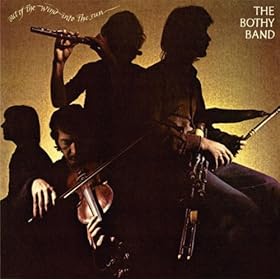To follow on from the first jig of the term, we learned Tom Billy’s No.2, a three part tune associated with the playing of Julia Clifford, who recorded it with Tom Billy’s No.1, our previous tune.
This tune shifts key through the parts and is awkward on the flute and whistle at first as the notes don’t seem to fall where the fingers would expect them and want to go. As such it is very distinctive, but can make for hard work. Listening to a recording of it certainly helps as it becomes easier with familiarity.
There are opportunities for rolls and variations in this tune and fiddles are likely to have a different approach to this from flutes and whistles. The recordings in the resources show some of the ways I approach the tune.
Here’s a video of Julia Clifford playing an air and a slide (12/8 type of jig):
You can find out more about Julia Clifford at the Rambling House web site and this interview with her on the Journal of Sliab Luachra web site. There’s a nice little appreciation of her recording with Denis Murphy on the IvyLeaf web site.
Photo of Julia Clifford (right) pictured with her sister Bridgie Kelleher (c) Journal of Sliabh Luachra no.4


 The second of two 12/8 slides the Slow and Steady group are learning, The Priest is in G and sits nicely on flutes and whistles allowing some distinctive punchy phrases to pop through.
The second of two 12/8 slides the Slow and Steady group are learning, The Priest is in G and sits nicely on flutes and whistles allowing some distinctive punchy phrases to pop through. Like many, I originally learned this from a recording by The Bothy Band, who play this at the start of a set on
Like many, I originally learned this from a recording by The Bothy Band, who play this at the start of a set on